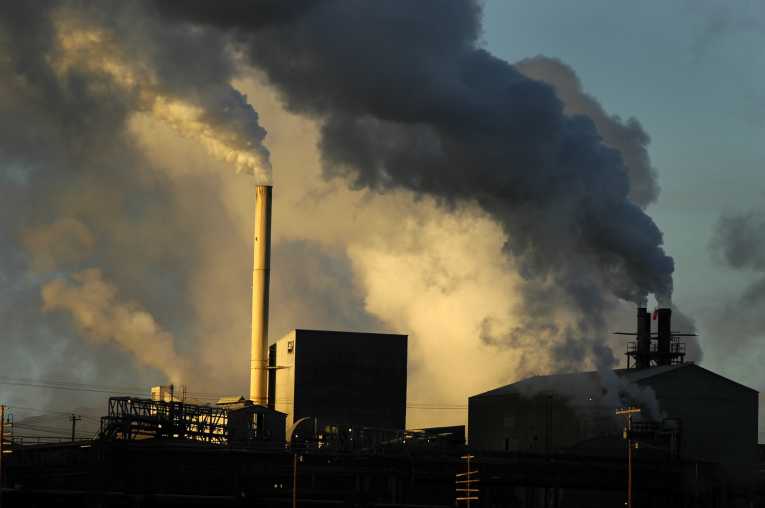The World Meteorological Organisation (WMO) has coordinated the publication of a multi-organisation high-level compilation of key climate science findings which states that atmospheric greenhouse gas (GHG) concentrations are at record levels despite a temporary decline caused by the COVID-19 lock-down.

Building on the 2019 edition, the report titled, “United in Science 2020”, brings together the latest climate science updates from WMO, Global Carbon Project (GCP), UN Educational, Scientific and Cultural Organisation’s Intergovernmental Oceanographic Commission (UNESCO-IOC), Intergovernmental Panel on Climate Change (IPCC), UN Environment Programme (UNEP), and the UK Met Office. Each organisation contributed a chapter.
The publication highlights the negative and irreversible impacts of rising global emissions and climate change on oceans and seas, ecosystems and economies, water resources, and human well-being and health.
The report also reviews how COVID-19 has hindered global monitoring of climate change and finds that, despite a temporary decline, global emissions are on track to return to pre-pandemic levels.
Key findings address emissions trends and current and projected impacts of climate change.
The WMO’s Global Atmosphere Watch states that although sustained reductions in emissions are required to achieve the targets established by the Paris Agreement on climate change, concentrations of carbon dioxide (CO2), methane (CH4), and nitrous oxide (N2O) continued to increase in 2019 and 2020, with overall 2020 emissions decreases leading to only a small reduction in the annual increase of the atmospheric concentrations of GHGs.
GCP finds that emissions growth slowed to 1% per year in the 2010s, down from 3% annual growth in the 2000s, but warns that declining annual emissions occurring in the early 2010s later increased.
WMO and the UK Met Office note that the 2016-2020 average global mean surface temperature will be among the warmest five-year periods on record, 1.1°C above pre-industrial levels. The organisations warn that there is a 24% chance that in the five-year period 2020-2023 at least one year could exceed 1.5°C above pre-industrial levels.
Although daily global fossil CO2 emissions fell by 17% during peak pandemic lock-down in April 2020, GCP finds that average 2020 CO2 emissions will only fall by 4-9% compared to 2019.
The report includes overviews from the IPCC and WMO on the impact of climate change on oceans, the cryosphere, and water resources. It also reviews UNEP’s tenth Emissions Gap Report, which found that annual cuts in global emissions from 2020-2030 would have to be nearly 3% to achieve a 2°C target and over 7% to limit warming to 1.5°C, equal to the combined emissions of the six largest emitters.
UNESCO-IOC and WMO caution that hindrances to climate change monitoring in 2020 will introduce gaps in historical time series needed to monitor climate variability, change, and associated impacts, with long-term potential effects on climate trend data collection and analysis.
